The power of place can have a life-changing impact not just towards the progression of arts and culture but for society in general. Throughout the generations, clubs have presented solace to those who need escape, to find identity, connect with community, and to just express their artistic inhibitions in ways they cannot anywhere else. The Batcave and The Hacienda in London, Studio 54 in New York City, The Roxy in Los Angeles—for this writer, it was Eden and Talbott Street here in Indy.
In the late ‘90s we heard about this goth club like it was mythology. The Church sent a ripple effect across the country for its reputation for cutting edge music and trendsetting for its alternative culture that derived from it. For filmmaker Timothy Stevens, the story of 2424 Swiss Avenue was a story that influenced so many people and shaped his life that the story needed to be told. Dark Sanctuary: The Story of The Church was born.
“The reason the club is documentary worthy beyond the music impact that it had is that it created a space for people, especially in that time and place in Dallas in the ‘90s that just did not have a place to feel accepted,” said Stevens. “When you have a place that has such power in its architecture and such power in its music and such power in its creative force, it starts to embrace these people and becomes a transformative thing.
“These people found a community that embraces them and gives them a place to express themselves. It turned lives around.”
Stevens first learned about The Church just after he moved to Dallas around 2010. Attending film school at the University of North Texas, he searched for a weekend getaway that he could connect with. One night, he found a flyer for The Cramps cover band to perform at 2424 Swiss Avenue. Stepping into the club, he was taken aback by its overall grandeur.
Located in the Deep Ellum district of Dallas, an area of the city that became home to a vibrant arts and cultural scene, the original building that housed The Church was built in 1899 as a trolley car repair. With magnificently elevated ceilings and intricate interior touches, in 1974, it transformed into the perfect location for the Grand Crystal Palace Dinner Theater. What stood out immediately upon entering was the magnificent Baccarat chandelier that provided an illustrious element of sparkling elegance that accentuated fundraisers and social engagements.
The back end of the club housed a series of antique stained-glass fixtures that provided culture and mystery to the architecture that surrounded it. It was the perfect landscape for a social underworld. After the Grand Crystal Palace Dinner Theater dissolved, in came a resurgence to the Deep Ellum area and the beginning of Empire, an adventurous staple for the New Wave and ‘80s classic alternative bands to exist. That transformed into the innovative Lizard Lounge and became a mecca for the rave and DJ culture scene. Founder Don Nedler, took big risks to book DJs like Moby, Paul Oakenfold, and Diplo, among others to play the club before big DJ shows and festivals were even dreamed of. There was nothing like it anywhere. Suddenly, all eyes were on 2424 Swiss Avenue.
By 1994, Nedler saw an opportunity to be an ally for the goth scene in Dallas and thus The Church was born. Bands like Clan of Xymox, Front 242, and Skinny Puppy performed there. According to Stevens, bands kept coming back to the club because Nedler had faith in them from the beginning. He turned Dallas from cowboy land into an alt music hub.
The club had a mystique to it—an aura of beauty, mischief, and mystery. For Stevens, the scale of the club was overwhelming and powerful. “Venues just don’t look like this,” he recalled.
He got word of The Church and returned only to get sucked into its ambiance and become part of the family. “As a filmmaker, I made short films and cast people that I met at The Church because they were theatrical. When it came around to 2020, and it was apparent in that location that The Church was not going to be around anymore, a mutual friend of mine said that somebody needs to make a documentary about this.”
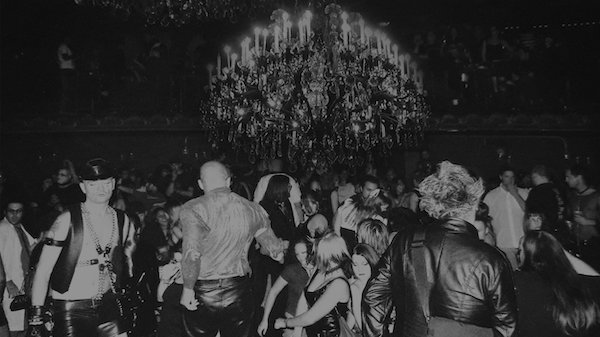
Stevens was on board, but he needed the blessing of the club’s visionary to greenlight this project. A meeting was scheduled and despite Nedler’s intimidating persona, he trusted Stevens to make this film. It began with a six-hour interview with Nedler, followed by a 12-hour interview with DJ Joe Virus.
When you take the journey, Virus is the central character in the documentary. Through years of being the house DJ (and the one behind the documentary film score), he became the observer of stories, the empath of emotions, and the spiritual guide to the underworld.
“The soundtrack is an under appreciated part of the film. Joe just absorbed the sounds of the time and made it original. Cleopatra Records was very adamant on selling the whole package and having the music also available with the film.”
What was originally thought to take six months took several years as the process became grueling.
“You must shoot everything, and you have to log everything. You have to then create transcripts of those logs, and then you need to edit it almost like you would a book. You build up this encyclopedic memory of the footage. The editor would be like, I need a soundbyte where some club member talks about Joe playing a song for the first time. I was like some sort of robot or machine where I could find that soundbyte or footage. It was almost like 150 hours downloaded into my brain.”
In culminating this material into a fluid story, they had to connect stories they had no footage for. A trope in documentary filmmaking is to use animation, and they needed it to bring Virus’s story to life. But how do you find the right person for the job? Stevens was at Texas Frightmare where he saw a film about the Borley Rectory. It was an animated documentary in which British designer Ashley Thorpe created all the animated footage. Stevens contacted Thorpe with the hopes that he could get that same level of animation for Dark Sanctuary.
“When you watch it, I cannot imagine the movie without those animated scenes. It brings that undocumented piece of the documentary alive. His work was invaluable. I gave him all of the old archival material, and he went at it like a mad scientist and hodgepodged this creation out of all of it. When Joe [Virus] and other people watched it, they were amazed how much it looked like them at the time and reflected their lives.”
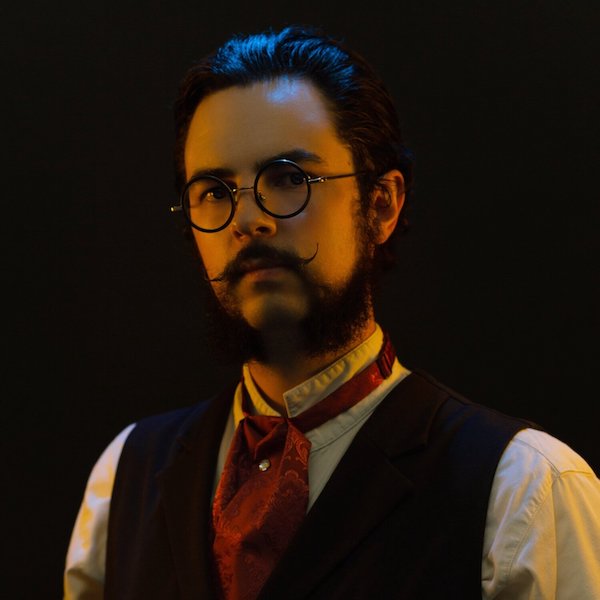
For Stevens, the moment everything came full circle was at the documentary premiere for the cast and crew at the iconic Texas Theater in Oak Cliff. So many people RSVP’ed that they had to open up the big screen to show it.
“We packed the house, and we had to bring in extra chairs just to have enough seating for people. The pressure was so much that I almost got up and went to the bar. It was heavy and really intense in a way that I never experienced before. Hearing everyone pouring out this emotion of thanks, I don’t know if I will ever experience that with a narrative project or another documentary. I cried on stage. That was extremely validating and as a filmmaker and artist, you don’t get that very often knowing that you made something that matters so much.”
Although The Church was at the center of this documentary, Virus became this really interesting person to follow. In doing so, it brought out a cast of real people with real struggles and real needs that helped humanize the story and connect spirit to place. Their mission statement was “Enter without prejudice,” and it became a mantra week after week, until the building was eventually sold to be demolished.
“There’s something to be said about these kinds of clubs all over the Unites States,” said Stevens. “It just so happens The Church was a phenomenon. It was a mecca to those kinds of community hubs. The Church was more like a church than most churches will ever be. That’s the real reason we set out to do this. After we started to talk to people, people would call up and say they got married at The Church or that they were going through a rough time and this place saved me. There were contemplations of suicide, and The Church gave them a reason to live. That’s validating in that this was a story that needed to live and breathe for the world to feel.”
The Church still exists but in a different capacity, now located at the It’ll Do Club on Sunday nights. Virus moved to California where he still DJs and can be seen regularly on Twitch. Stevens is ideating for his next film.
The film is currently available on DVD and Blu-ray on Amazon or Cleopatra Records. Streaming will be available, beginning April 22. For available streaming platforms, check darksanctuarythemovie.com.
LINKS. . . ..
Spectrograph Films
Dark Sanctuary: The Story of The Church
Cleopatra Records
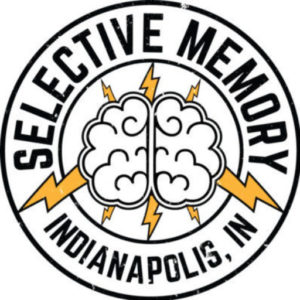
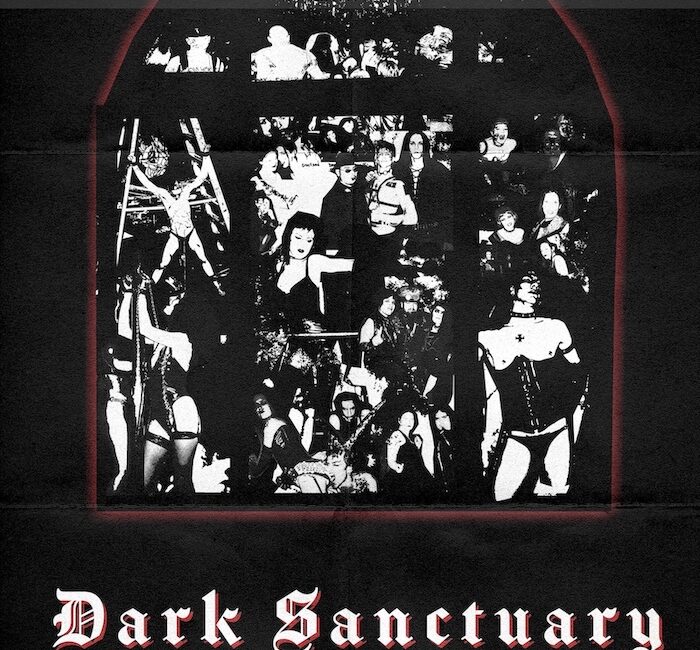
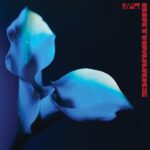

No Comment! Be the first one.